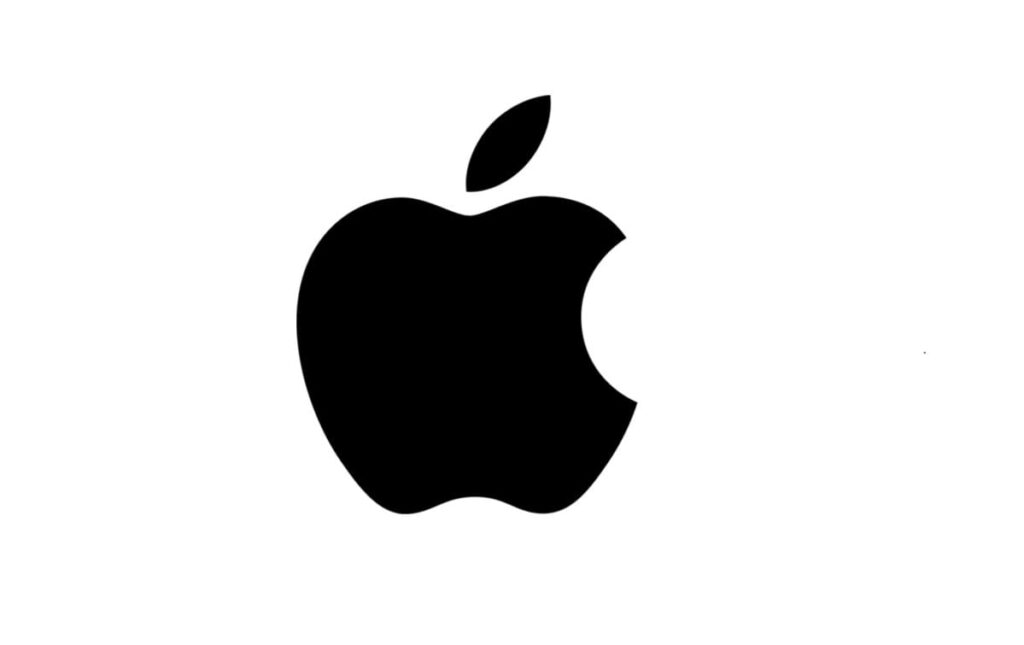This article delves into the possible causes behind the iPhone 15 Pro’s unresponsive touch screen issues and provides practical solutions to address them.
Understanding the Problem
A responsive touch screen is crucial for a seamless user experience, and when it falters, frustration ensues. Users have reported instances where their iPhone 15 Pro screens become unresponsive, leading to a hindered or non-functional device. Before panicking, it’s essential to understand the potential reasons behind this problem.
Possible Causes of Unresponsiveness
- Software Glitches: One common reason for touch screen issues is software glitches. As advanced as the iPhone 15 Pro’s operating system is, occasional bugs and glitches can still occur, affecting the touch screen’s responsiveness.
- Hardware Malfunction: The touch screen is a complex component with multiple layers, and any damage to these layers can result in unresponsiveness. Physical damage, such as a cracked screen or faulty internal components, can lead to touch screen issues.
- Overloaded Memory: Running multiple applications simultaneously or having insufficient free memory can overload the device’s resources, impacting the touch screen’s responsiveness.
- Faulty Updates: Updates are meant to enhance performance, but occasionally, they can introduce new issues. A faulty update may be the culprit behind an unresponsive touch screen.
Troubleshooting Steps
Now that we’ve identified potential causes, let’s explore practical troubleshooting steps to revive an unresponsive touch screen on the iPhone 15 Pro.
1. Restart or Force Restart: A simple restart can often resolve software glitches. If that doesn’t work, a force restart may be necessary. To force restart an iPhone 15 Pro, quickly press and release the volume up button, then do the same with the volume down button. Finally, press and hold the side button until the Apple logo appears.
2. Check for Updates: Ensure that your iPhone’s operating system and applications are up-to-date. Developers frequently release updates to address bugs and enhance performance. Navigate to Settings > General > Software Update to check for the latest updates.
3. Clear App Cache: Accumulated cache data can hinder device performance. Clearing the cache for specific apps can alleviate touch screen issues. Navigate to Settings > [App Name] > Clear Cache.
4. Free Up Storage Space: If your device is running low on storage, it can impact overall performance. Delete unnecessary apps, photos, or videos to free up space and potentially resolve touch screen problems.
5. Restore from Backup: If the issue persists, consider restoring your iPhone from a previous backup. This can help eliminate any persistent software glitches. Connect your device to iTunes or Finder, select “Restore Backup,” and follow the on-screen instructions.
6. Test in Safe Mode: Booting your iPhone into Safe Mode can help identify whether a third-party app is causing the touch screen issues. If the problem disappears in Safe Mode, uninstall recently downloaded apps one by one until you find the culprit.
7. Inspect for Physical Damage: Examine your iPhone for any signs of physical damage, such as a cracked screen or water damage. If identified, seek professional assistance for repairs.
8. Contact Apple Support: If nothing works, contact Apple Support for help. They can guide you based on your situation and might suggest more things to try or ways to get it fixed.
Preventive Measures
Preventing touch screen issues is as important as troubleshooting them. Consider these preventive measures to maintain optimal performance:
- Use a Screen Protector: A screen protector can add an extra layer of protection, reducing the risk of scratches and cracks.
- Update Regularly: Stay on top of software updates to ensure your device is running the latest and most secure version of the operating system.
- Handle with Care: Treat your iPhone 15 Pro with care to avoid accidental drops or impacts that could damage the touch screen.
- Avoid Overloading Memory: Close unused applications and regularly clear cache data to prevent memory overload.
Conclusion
The Apple iPhone 15 Pro, with its cutting-edge technology, is susceptible to touch screen issues like any other device. By understanding the potential causes and following the troubleshooting steps outlined in this article, users can address and even prevent unresponsive touch screen problems.
